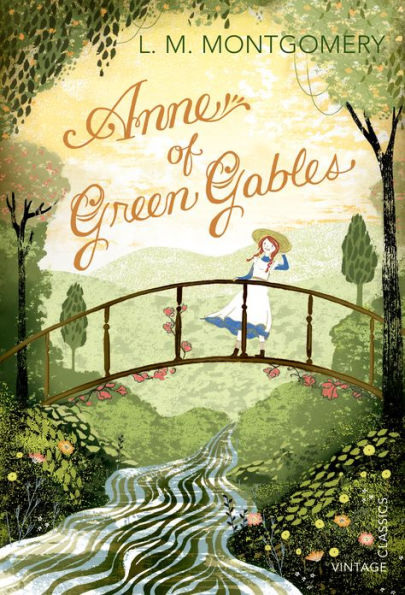Yes, I’m fully aware that there’s an entire genre of fiction called “Romance,” and that it is quite popular. These are the novels one would go to when they want a sweeping tale of love and romance, complete with tastefully descriptive love-making (sometimes with pirates and farmhands). But a grand romantic gesture out of the blue […]
Dear Literary Lady, My friend is insecure about her looks and obsesses about her perceived imperfections. I wish I could convince her to stop. Are there any books you recommend that might convince her that beauty isn’t everything? – D.F., Providence, R.I. Dear D.F.,
I love celebrity cookbooks. How could I not? I love celebrities, I love food, and I love making fun of the weird things celebrities like to eat, so there’s absolutely no downside. The thing about a celebrity cookbook, though, is that they only work if the celebrity is really great and/or completely eccentric (and/or randomly […]
Many of YA’s classic protagonists are so established as to become almost archetypal: Holden Caulfield railing against the phonies, sunny Anne Shirley challenging everyone’s notions of an orphan girl’s fortitude, Brian with his trusty hatchet. But what if we swapped the genders on these characters? With some creative genderbending that we think William Shakespeare would be […]
It’s easy to think of boyfriends in literature I want to cuddle up with in real life (call me, Mr. Darcy!). But sadly, I’ve also encountered a number of less-than-scintillating romantic prospects as well—boyfriends so dull or exasperating that I want to put my arm around their hapless sweethearts’ shoulders and say, “Girlfriend, please! There’s […]


